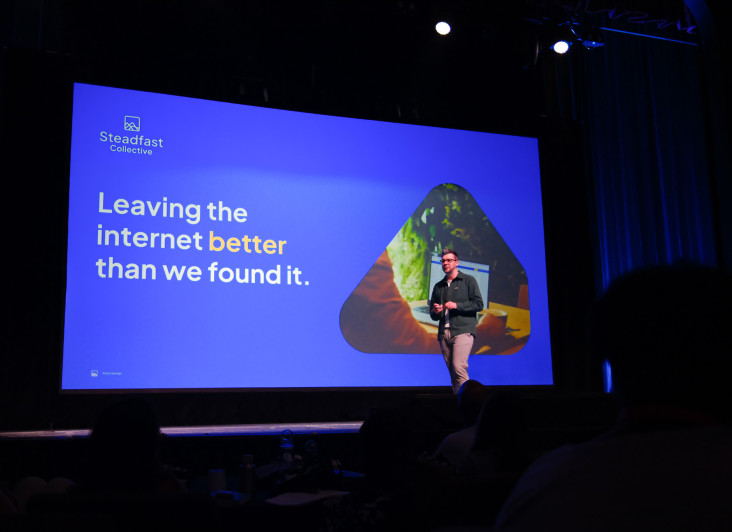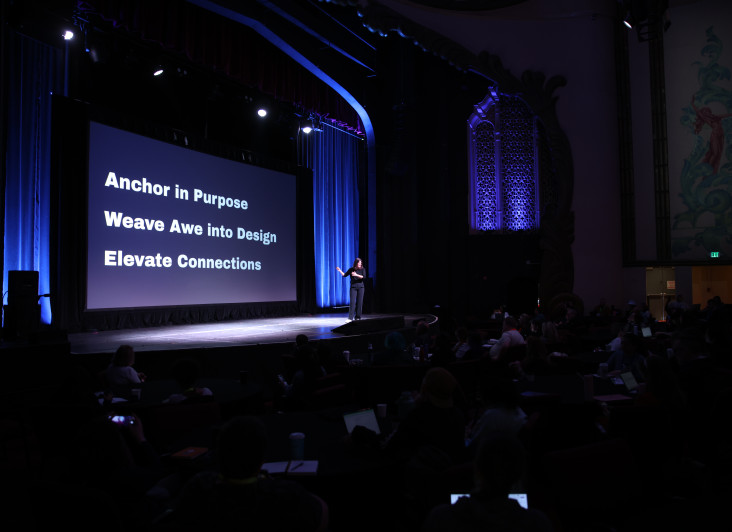Why brands should embrace customer-led communities

When someone wants to learn more about a brand’s service or product, they often look online for a community platform, fan group, or similar. With 93% of consumers saying reviews and consumer recommendations are the most important factor influencing their purchasing decisions, you cannot discount the value of customer-led communities.
Community platforms created and managed by users, not the brand, offer consumers something brand-hosted platforms can’t—unbiased advice from fellow users.
Hosted platforms still play a critical role in providing a controlled and reliable space for specific interactions. However, brands need to look beyond the boundaries of their own platforms and start understanding the power of unofficial communities.
The community playbook
For years, the typical approach to building an online community involved:
Setting engagement goals
Driving traffic to the platform
The model worked well as community spaces were limited, giving brands more control over where and how people interacted. Nowadays, communities grow wherever users feel comfortable and where conversations naturally happen.
What does this shift mean?
We recently spoke about Richard Millington’s ‘Community Everywhere’ approach—where like-minded people connect and share knowledge across various channels and platforms.
Organisations are trying to meet this demand, with more than half of companies appearing on at least eight channels to interact with their customers. However, this omnichannel experience can be difficult to execute.
In fact, organisations said their top ROI concern for social media activities was the time and budget investment to maintain a presence on multiple networks.
So what can brands do?
Embrace unofficial community spaces.
The power of unofficial communities
People trust people
One of the biggest reasons unofficial communities work is because members trust the opinions of fellow users more. A recent study found that 92% of consumers trust word-of-mouth and UGC (user-generated content) over other forms of traditional marketing!
These communities are driven by users who have firsthand experience with the product or service, and are focused on giving honest feedback.

Giving community members what they want
At the heart of any community is member happiness. Creating spaces that give users what they want is vital, and both official and unofficial communities do exactly that.
Brand-owned platforms are a fantastic way for members to build a relationship with the brand. They allow community managers to deliver brand-verified information and product updates to members, showing them they’re important to the brand and you want them to be first in the know.
Additionally, members can typically submit product/service feedback straight to the brand in official communities. This shows members you value their opinions and are interested in making the product/service exactly how they would like.
On the other hand, unofficial communities give members an unfiltered point of view from people using the product or service. Being part of an unofficial community isn’t going to change the product/service, but it can give members that outlet to:
Further their knowledge
Meet like-minded people
Discover tips and tricks
By allowing unofficial communities to grow and acknowledge their value, brands can create a community strategy that complements both spaces, ensuring their members get everything they need.
Niche communities can be more relatable
A brand's hosted platform will likely cover a wide range of topics related to its products or services. However, an external community has the ability to niche into a specific area of interest.
Smaller, more dedicated groups cater to particular audiences looking for in-depth information or highly specialised advice.
Let’s say there’s a plant company called PlantsForYou. The brand’s hosted community platform might include:
Personalised plant recommendations
Gardening events
While these are all incredibly useful to the member, they might be looking for advice on a specific plant they recently added to their greenhouse. An unofficial community (such as a forum) that solely focuses on PlantsForYou’s greenhouse plants could be the answer.
Like community cohorts, these hyper-focused groups allow users to find the exact information they need, making them more likely to engage with and trust the community.

Less work for you
Maintaining multiple brand-owned communities requires ongoing content creation, moderation, and technical upkeep. An unofficial community can act as a powerful and cost-effective support.
For example, a customer-led community may answer a lot of common questions, therefore reducing the number of support tickets you receive.
Companies should focus on co-existing with these spaces rather than spending resources on developing and managing another branded community space to compete.
Sometimes the best platform is the one your customers have already chosen—one where conversations happen without ‘corporate’ oversight. In these cases, brands should observe, learn, and participate where it makes sense, without trying to steer members to a different platform.
Ambassadors
Many communities that form outside of a brand’s hosted platform are created by avid users who love the product.
These fans become unofficial brand ambassadors who share their expertise, advice, and passion with others. The beauty of these groups is they can feel more trustworthy to community members because they’re not moderated or curated by the brand.
A great example is the r/ikeahacks subreddit, which has grown into a popular community of 315K members.
This user-led space lets members share creative ways to modify or ‘hack’ IKEA products to suit their homes and needs better. For example, an IKEA buyer might turn a simple bookshelf into an entertainment centre by combining different IKEA items into custom furniture solutions.
IKEA doesn’t run this subreddit. It’s fueled by the ingenuity of IKEA users. And members do more than share tips—they drive interest and engagement toward the IKEA products.
This unofficial community provides organic advocacy and positive word-of-mouth marketing for IKEA. Users who share in the subreddit are genuinely excited to show how their creativity has made these IKEA products a great addition to their homes.
Organisations that embrace these spaces without controlling them can benefit from the trust, loyalty, and revenue these groups can generate for your brand.
Build your member-first ecosystem
Brands need to recognise that their audience might gather outside their hosted platforms—and that’s not necessarily a bad thing. By balancing official community spaces with external ones, companies can meet customers’ needs in every corner of the online world.
A customer-first ecosystem means putting your community members at the heart of your strategy. And if that means embracing an unofficial community space in addition to your own, then do it!
At Steadfast Collective, we understand the value of official and unofficial community spaces. We can help you build a community-first platform that complements any existing spaces, with a clear focus on providing value to your members and creating an ecosystem that drives engagement. Let’s talk!
More Articles

Can you track it?
Every budget is being put under the microscope right now, and quite right too.

When to Build Your Own Membership Platform (and When Not To)
I’ll let you in on a secret, not every membership organisation needs a bespoke membership platform.

Design for AWE
Anchor. Wonder. Connection. The blueprint for unforgettable memberships.

